The US E-BIKE Act proposes a 30% federal tax credit (up to $1,500) for new electric bikes under $8,000, but as of May 2025, it is not yet law. State rebates and local incentives can further reduce costs, but getting an electric bike for free is rare-most programs offer significant discounts, not full subsidies.
How does the US E-BIKE Act for 30% tax credit OFF work in 2025?
The US E-BIKE Act, if passed, will provide a 30% refundable tax credit up to $1,500 for qualifying electric bike purchases under $8,000. To claim the credit, the electric bike must have a motor under 750 watts, be classified as a Class 1, 2, or 3 e-bike, and meet UL 2849 safety certification. The tax credit is available once every three years per individual, or twice for joint filers, and phases out for higher-income earners.
Chart: Key Requirements for the US E-BIKE Act Tax Credit
| Requirement |
Details |
| Max Credit |
30% of purchase price, up to $1,500 |
| Price Cap |
E-bike must cost less than $8,000 |
| Motor Power |
Less than 750 watts |
| E-bike Class |
Class 1, 2, or 3 |
| Certification |
UL 2849 required |
| Income Phase-Out |
Begins at $75,000 (single), $150,000 (joint) |
What state and local programs offer additional electric bike rebates in 2025?
Many states and cities supplement the federal E-BIKE Act with their own rebates and incentives. For example, California offers up to $2,000 for income-qualified buyers, Colorado provides up to $450, and Minnesota gives up to $1,500 based on income. Some states, like Florida, waive sales tax on electric bikes. Washington, D.C. issues vouchers through a lottery system, and other states offer point-of-sale rebates or post-purchase refunds.
Chart: 2025 State and Local Electric Bike Incentives
| State/Region |
Incentive Type |
Maximum Benefit |
Eligibility Highlights |
| California |
Rebate |
$2,000 |
Income-qualified, extra for trade-in |
| Colorado |
Rebate |
$450 |
All residents, local store purchase |
| Minnesota |
Rebate |
$1,500 |
Income-based, certificate system |
| Washington, D.C. |
Voucher |
$2,000 (cargo e-bikes) |
Low-income, lottery-based |
| Florida |
Tax Exemption |
No sales tax |
All residents |
| Texas |
Rebate |
$250 |
All residents |
Which electric bikes qualify for the US E-BIKE Act and state rebates, including HOVSCO models?
To qualify for the US E-BIKE Act and most state rebates, an electric bike must have a motor under 750W, be a Class 1, 2, or 3, have operable pedals, and cost less than $8,000. The HOVSCO HovBeta, HOVSCO HovCity Step-Thru, and HOVSCO HOVCART Cargo E-Bike all meet these requirements, making them excellent candidates for incentives. These models combine strong motors, UL certification, and affordability, ensuring eligibility for the widest range of programs.
Can you get an electric bike for free in 2025 through any program?
In 2025, getting an electric bike entirely for free is extremely rare. Most programs, including the US E-BIKE Act and state incentives, provide partial rebates, tax credits, or point-of-sale discounts. Only a few local initiatives, such as limited lottery-based voucher programs in cities like Washington, D.C., may cover the full cost for select low-income applicants, but spots are very limited and highly competitive.
Why is the US E-BIKE Act for 30% tax credit OFF significant for electric bike adoption?
The US E-BIKE Act for 30% tax credit OFF is a game-changer because it lowers the financial barrier to entry for electric bikes, making them more accessible to a broader population. By offsetting up to $1,500 of the purchase price, the Act encourages eco-friendly commuting, reduces traffic congestion, and supports public health goals. It also signals growing federal and state support for sustainable transportation.
How do you apply for the US E-BIKE Act tax credit and state rebates?
To claim the US E-BIKE Act tax credit, purchase a qualifying electric bike and retain the manufacturer’s vehicle identification number (VIN) for your tax return. File for the credit on your federal tax return using the IRS form designated for clean vehicle incentives. For state and local rebates, follow the specific application process, which may require proof of purchase, income verification, or participation in a lottery or voucher program.
Which HOVSCO models and other top e-bikes maximize your savings with incentives?
The HOVSCO HovBeta, HOVSCO HovCity Step-Thru, and HOVSCO HOVCART Cargo E-Bike are top choices for maximizing savings with the US E-BIKE Act and state rebates. These models offer robust motors, UL 2849 certification, and price points well below the $8,000 cap, ensuring broad eligibility. Their versatility and reliability make them standout options for commuters, families, and cargo needs.
What should you know about income limits and eligibility for the US E-BIKE Act?
The US E-BIKE Act phases out for individuals earning over $75,000 and joint filers over $150,000, reducing the credit by $200 for every $1,000 above these thresholds. Eligibility is limited to one e-bike per person every three years, or two for joint filers. Always check the latest IRS guidelines and your state’s rules, as requirements and benefits can change annually.
Buying Tips
When shopping for an electric bike in 2025, research both federal and state incentives to maximize your savings. Choose a model like the HOVSCO HovBeta, HovCity Step-Thru, or HOVCART Cargo E-Bike, which meet all eligibility criteria for the US E-BIKE Act and most local rebates. Look for UL 2849 certification, a motor under 750W, and a price below $8,000. Apply early for state programs, as funds and vouchers are limited. Combining federal and local incentives can dramatically reduce your out-of-pocket cost, but getting an electric bike for free is unlikely except in rare, lottery-based programs.
HOVSCO Expert Views
“The US E-BIKE Act for 30% tax credit OFF, if enacted, will make electric bikes more accessible than ever. At HOVSCO, we design our models to meet all major incentive criteria, ensuring riders can take full advantage of federal and state programs. While free electric bikes are rare, the combined savings can make high-quality e-bikes like the HOVSCO HovBeta and HOVCART Cargo E-Bike remarkably affordable for most Americans.”
FAQ
What is the US E-BIKE Act for 30% tax credit OFF?
The US E-BIKE Act is a proposed federal law offering a 30% refundable tax credit (up to $1,500) for new electric bikes under $8,000, aimed at making e-bikes more affordable.
Can you get an electric bike for free in 2025?
Getting an electric bike for free in 2025 is extremely rare; most programs offer partial rebates or credits, with full subsidies limited to a few local lottery-based initiatives.
Which HOVSCO models qualify for the US E-BIKE Act?
The HOVSCO HovBeta, HovCity Step-Thru, and HOVCART Cargo E-Bike all qualify, offering strong performance, UL certification, and prices below the \$8,000 cap.
How do state and local rebates work with the US E-BIKE Act?
State and local rebates can be combined with the federal tax credit, further reducing your cost. Eligibility, amounts, and application processes vary by location.
What are the main requirements for the US E-BIKE Act tax credit?
To qualify, the e-bike must have a motor under 750W, be a Class 1, 2, or 3, cost less than $8,000, and meet UL 2849 certification. Income limits also apply.
US E-BIKE Act for 30% Tax Credit OFF?
The proposed E-BIKE Act offers a 30% federal tax credit, up to $1,500, for qualifying electric bike purchases under $8,000. As of May 2025, the bill has not been enacted into law. If passed, it would make e-bikes more affordable for many Americans.
Can You Get an Electric Bike for Free in 2025?
Yes, certain U.S. programs offer substantial rebates that can cover most or all of an e-bike's cost. For example, California's E-Bike Incentive Project provides up to $2,000 for income-eligible residents. Washington's WE-Bike program offers rebates up to $1,200 for qualifying applicants. These initiatives aim to make e-bikes accessible to low-income individuals.
Earlier this year, the E-BIKE Act proposed a tax credit for e-bikes.
In February, the US House of Representatives passed a bill proposing a 30% tax credit for the purchase of new electric bicycles in the US. The goal is to make it easier for Americans to afford electric bicycles, perhaps replacing car-driven miles with more efficient electric bicycles.
E-bikes are significantly more expensive than normal bikes, typically costing between $1,000 and $8,000. Additionally, they have the potential to replace car trips for a lot of people, which could help the fight against climate change. Researchers found that if 15 percent of car trips were made by e-bike, carbon emissions would drop by 12 percent.

There are other benefits for cyclists in the 1,600-page bill. Bicyclists or bike-share users would be eligible for pre-tax commuter benefits, similar to those who drive and park or take public transportation to work. Employees will be allowed to receive a bicycle benefit amounting to up to 30 percent of the parking benefit - currently equivalent to $81 a month, or less than $1,000 a year, for bicycling.
An accompanying bill was introduced in the US Senate in July, a necessary step for the legislation to pass in both chambers before it could become law.
Following its introduction, the House bill was sent to the House Ways and Means committee, and we are now seeing how some of the language has been reworked by the committee.
In the latest version of the White House budget deal, there is good news: the proposed federal tax credit for new electric bikes has survived the most recent round of Congressional bloodletting. Furthermore, it has been restored to its former glory of 30 percent, after the House of Representatives cut it to 15 percent.
The proposal remains crucial for a product that is still struggling to reach mass adoption. If the deal passes in its current form, e-bikes would be considerably cheaper for most Americans. Thousands of people around the country could see their transportation options change dramatically as a result.
E-bike purchases are eligible for a refundable tax credit of 30 percent, up to $1,500. All three types of e-bikes qualify for tax credits, except for those with motors more powerful than 750W. Since the credit is fully refundable, individuals with lower incomes will be able to claim it.
Certain citizens would be eligible to receive a 30 percent refundable tax credit if they purchased an e-bike under $4,000. If you make less than $75,000 as an individual or $150,000 as a joint filer, you may qualify for a $900 credit per bicycle. In Grist's opinion, the credit phases out as income levels increase, a way to loop in lower-income earners who have historically missed out on green incentives. This is a slight back down from the original proposal to refund bikes up to nine thousand dollars, but cutbacks like this helped get the bill through the House. Additionally, a monthly pre-tax benefit for bicycle commuters was raised from $20 a month to $81. Pretax benefits are meant to cover costs associated with using a bike, such as a membership to a bike-sharing program.
A tax credit would be quite a milestone for the industry if implemented, as lithium-ion batteries have just paved the way for an increasing use of e-bikes in recent years. There has already been standalone legislation introduced concerning e-bikes, including the E-BIKE Act in the Senate, which proposes tax credits for e-bike purchases. Proponents view the inclusion of these vehicles in the Build Back Better bill as crucial to combating climate change since they can replace some short-distance car trips.
Congress has been working slowly on a 30% tax credit for electric bicycle purchases. Despite showing much anticipated progress, the latest update to the proposed legislation reduces the potential size of the incentive.
It also uses the problematic "under 750 watts" language when defining which electric bicycles would qualify for the incentive. In most US states, e-bikes are allowed to have a maximum motor power of 750 watts, so 750W e-bikes are common from many manufacturers. To include all e-bikes currently legal in most of the US, the bill should read "not more than 750 watts".
In addition to the VIN requirement, the committee also included a provision requiring that e-bikes come with manufacturer-assigned vehicle identification numbers (VINs). These numbers would then be used to claim the tax credit.
In order to qualify for the credit, the MSRP must be under $8,000.
These changes are not binding, but they suggest a new direction for the bill. It is still a long way to go before the legislation can be passed in the US House and Senate, after which it will need to be signed into law by President Joe Biden.
Below is the exact wording of the House Ways and Means committee’s updated proposal:
- Taxpayers will be able to claim a credit of up to $1,500 for electric bicycles placed into service in the United States starting in 2022. Taxpayers may claim the credit for one electric bicycle per taxable year (two for joint filers). The credit phases out at $75,000 of modified adjusted gross income ($112,500 for heads of household and $150,000 for married filers), at a rate of $200 per $1,000 of additional income. Taxpayers may use either their modified adjusted gross income for the current taxable year, or their adjusted gross income from the immediately preceding year, whichever is lower.
- It is defined as an electric bicycle when it has fully operable pedals, a saddle or seat for the rider, and an electric motor that produces less than 750 watts of assistance, and does not provide assistance if the bicycle is moving faster than 20 miles per hour or only provides assistance when the rider is pedaling and does not provide assistance if the bicycle is moving faster than 28 miles per hour.
- A bicycle must be acquired for no more than $8,000 to qualify for the credit.
- To qualify for the credit, the manufacturer must assign each electric bicycle a unique vehicle identification number and report such information to the Treasury in a manner prescribed by the Secretary. In order to claim the credit, taxpayers must provide the vehicle identification number assigned to the electric bicycle by the manufacturer.
- Mirror code territories will receive payments from the Secretary for revenue lost as a result of this provision. To compensate non-mirror code territories for revenue lost from operating an electric bicycle credit comparable to that for mirror code territories, the Secretary shall make payments.
Through tax credits, the U.S. has spent about $10 billion subsidizing the purchase of electric vehicles over the past decade. However, not a single penny of that has gone to the world's most popular and fastest-growing electric vehicle - a dynamic people-mover more efficient than any Tesla or Nissan Leaf. The electric bicycle, of course.
However, under the "Build Back Better" spending bill, which passed the House last month and awaits action in the Senate, e-bikes could see federal support for the first time. There is a $900 tax credit for e-bikes among its more than 2,000 pages.

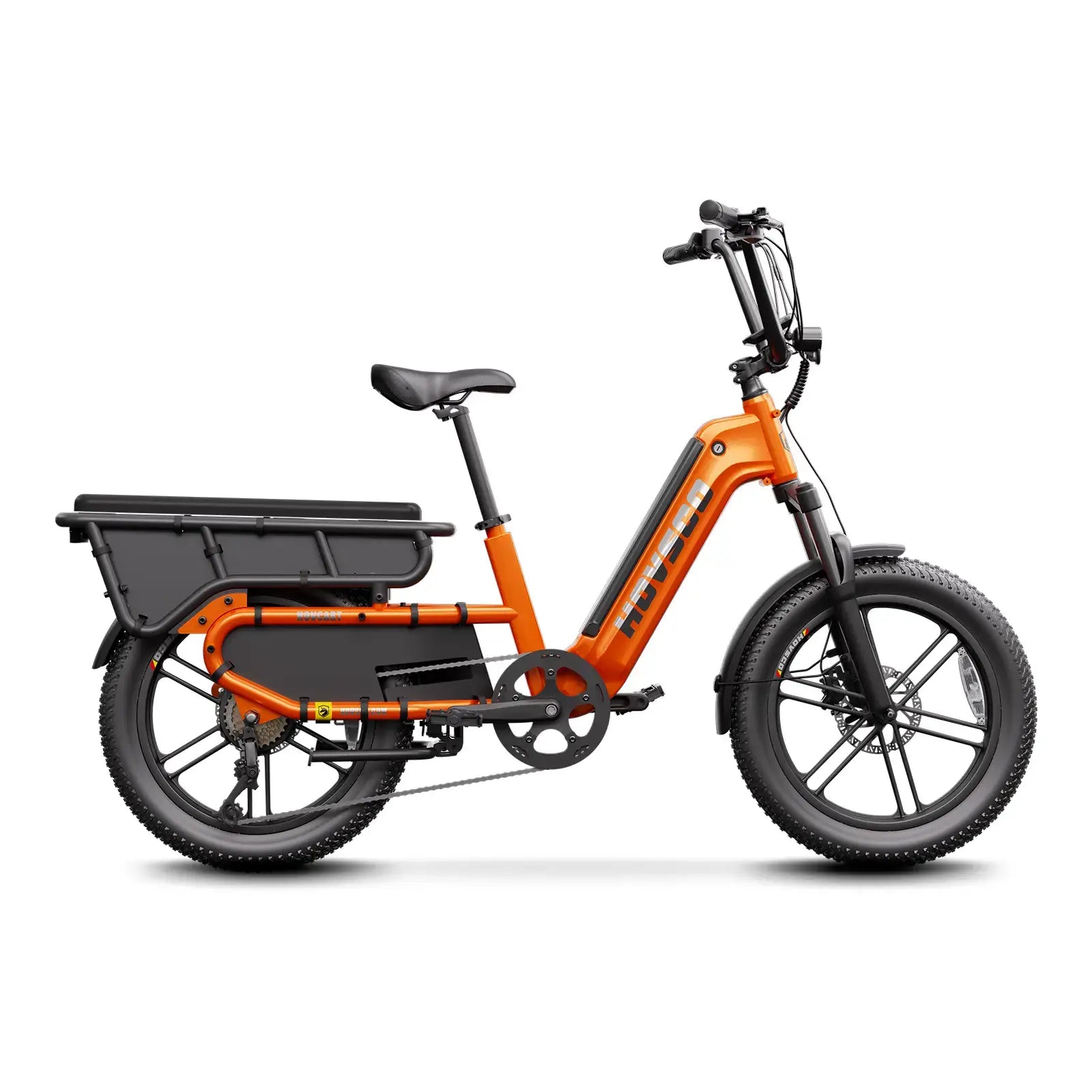

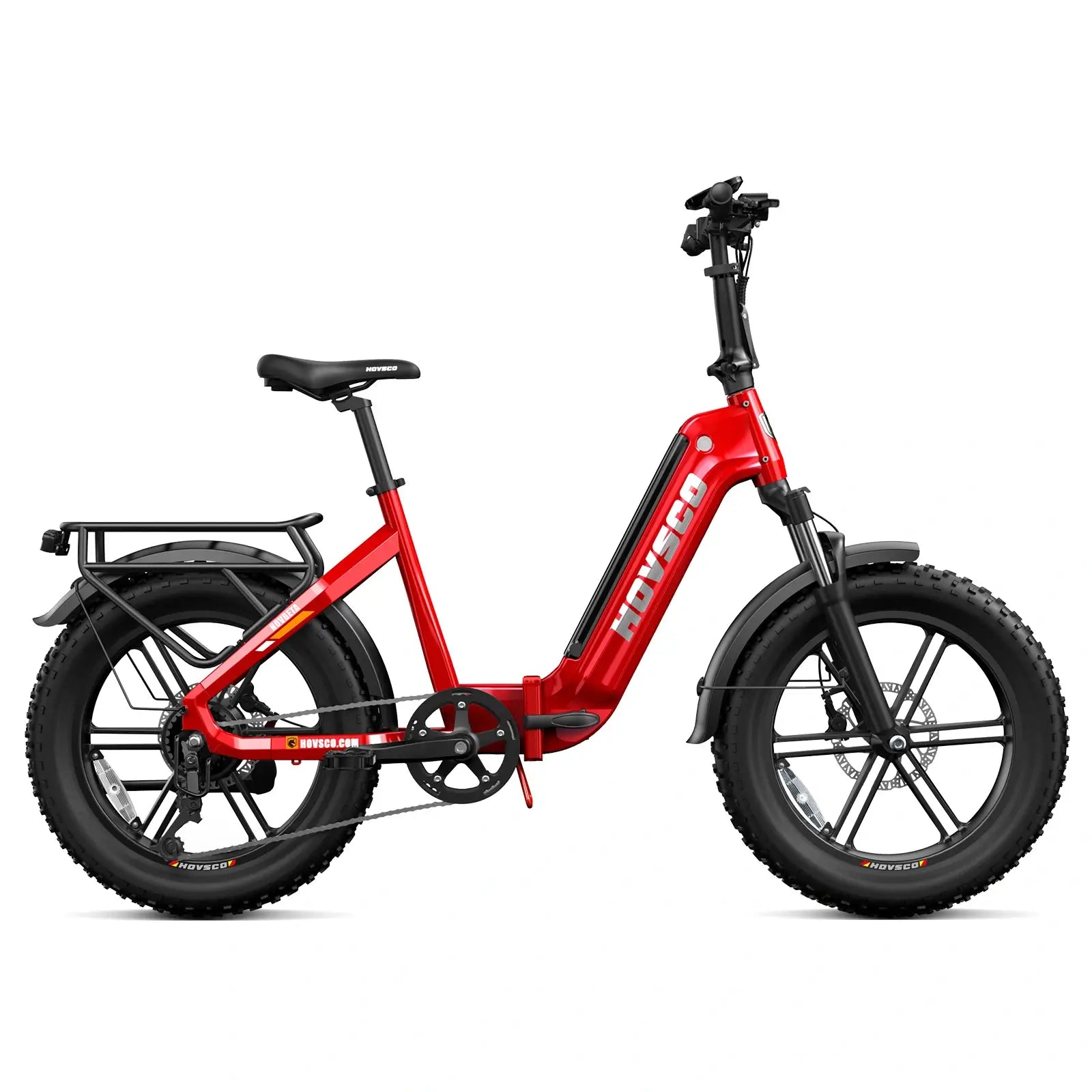
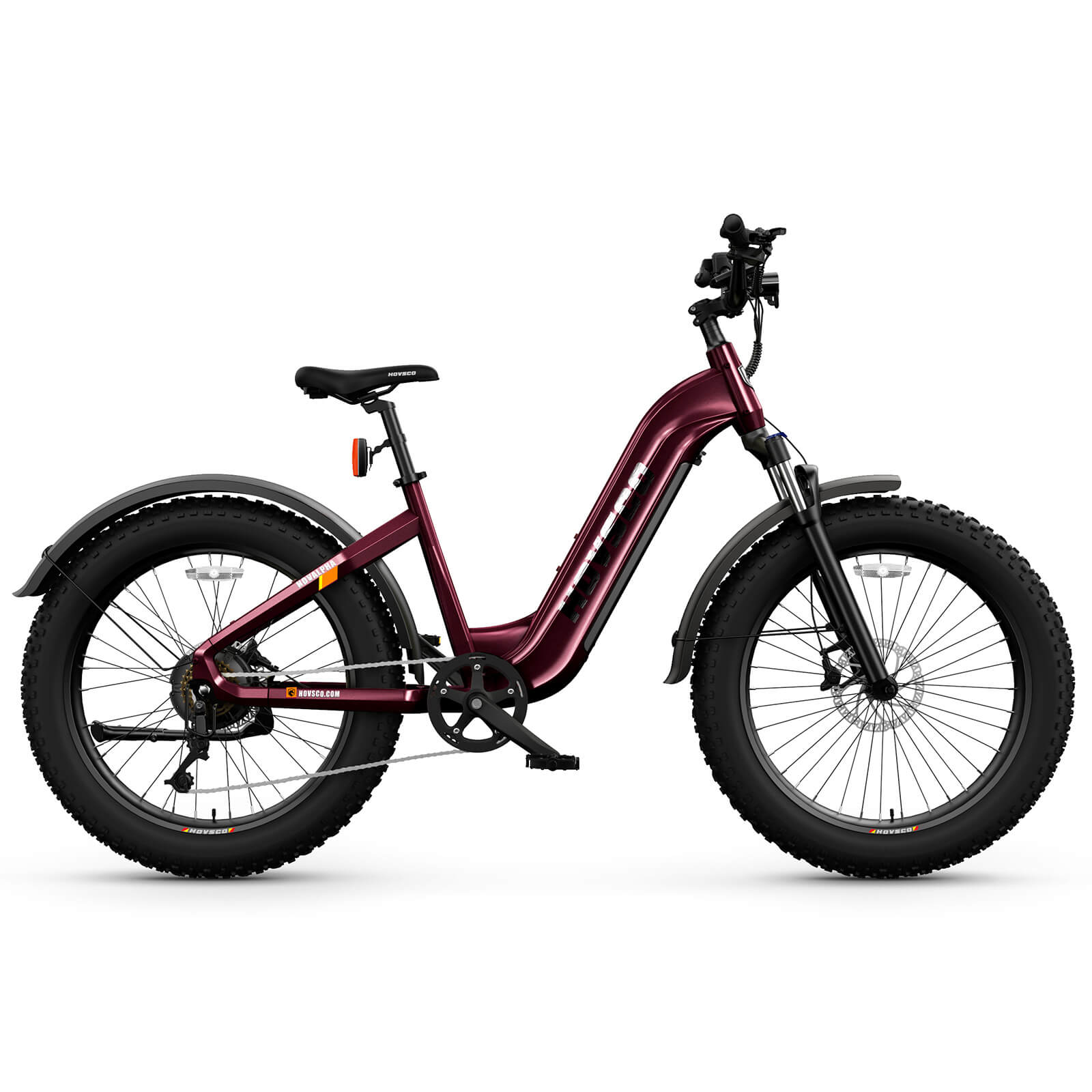
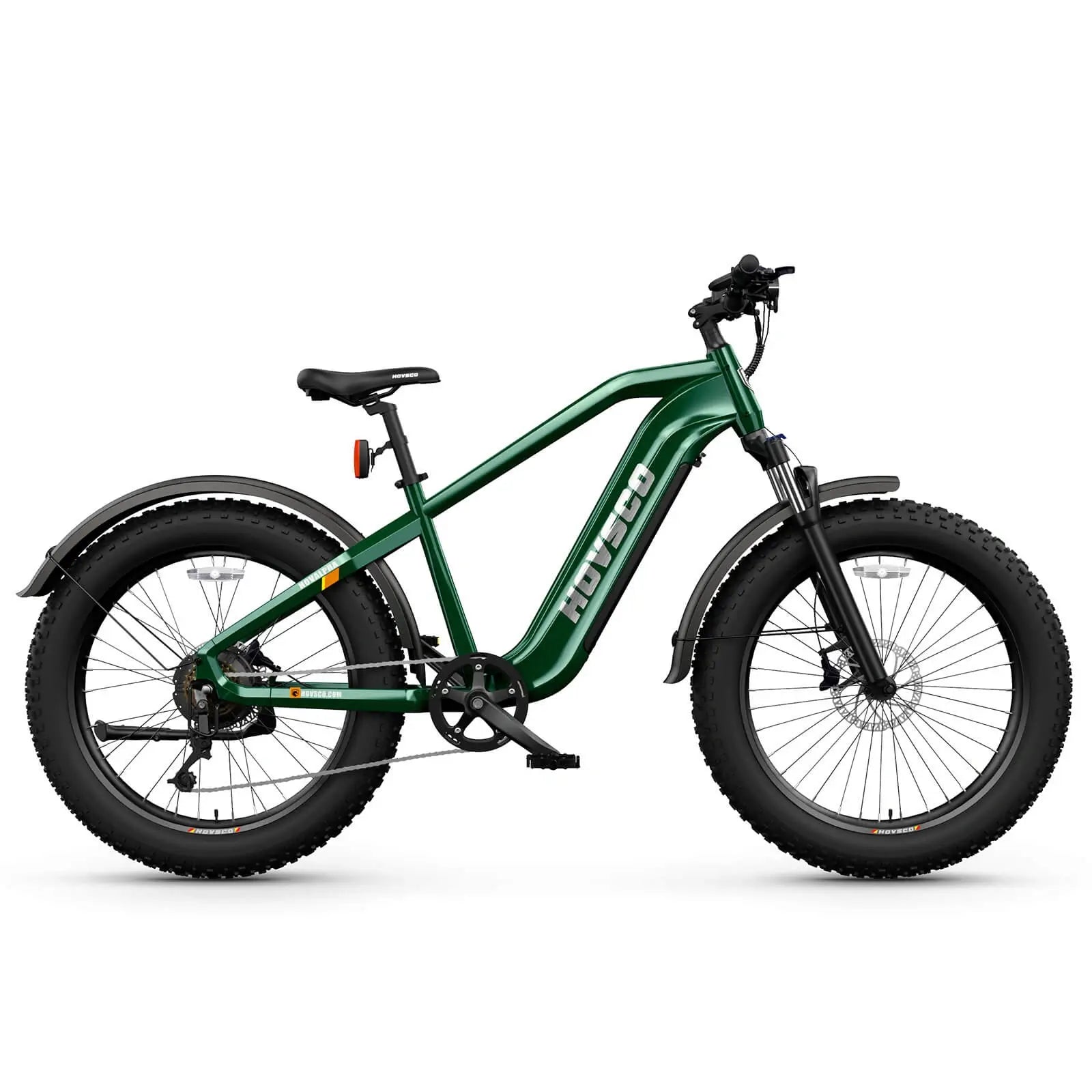
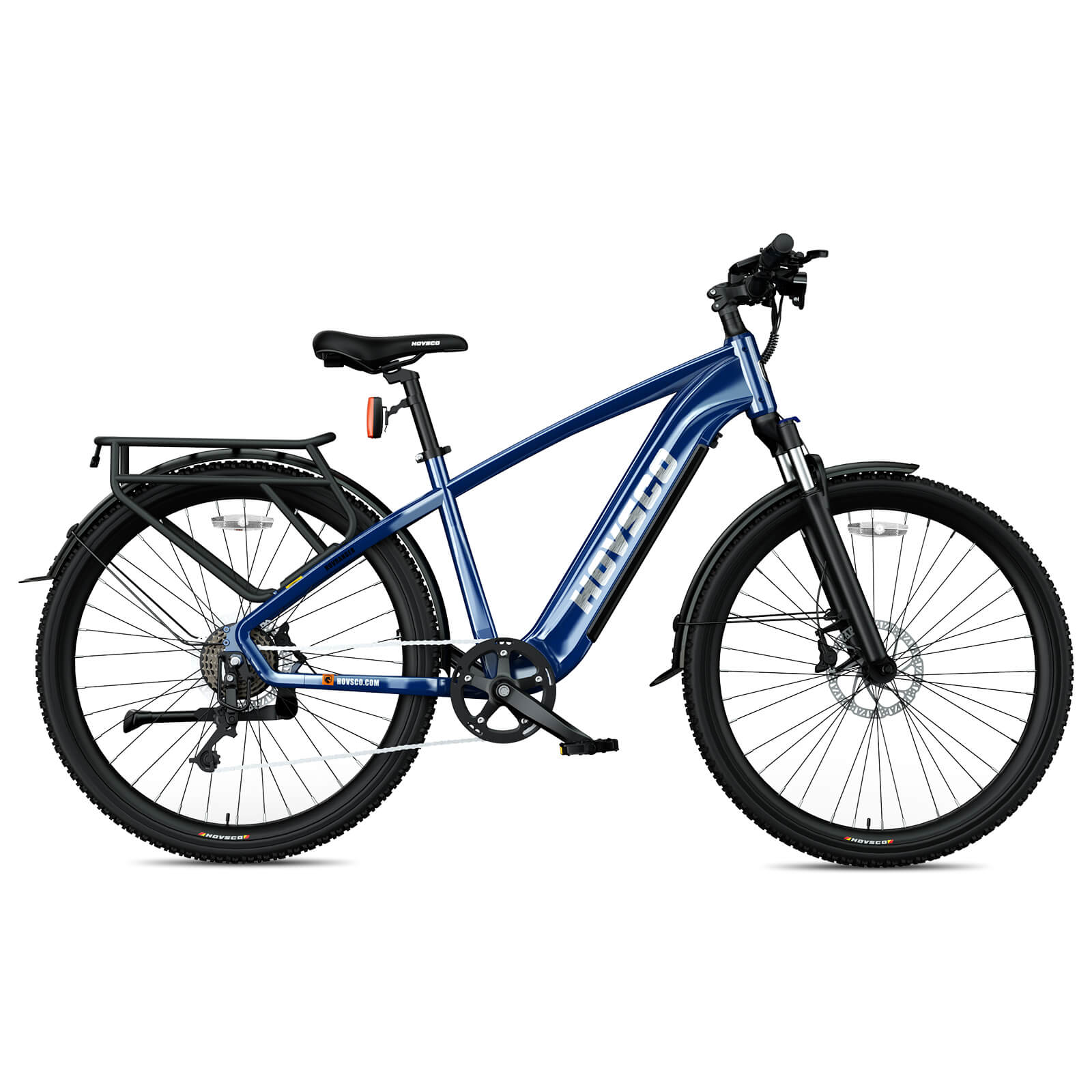
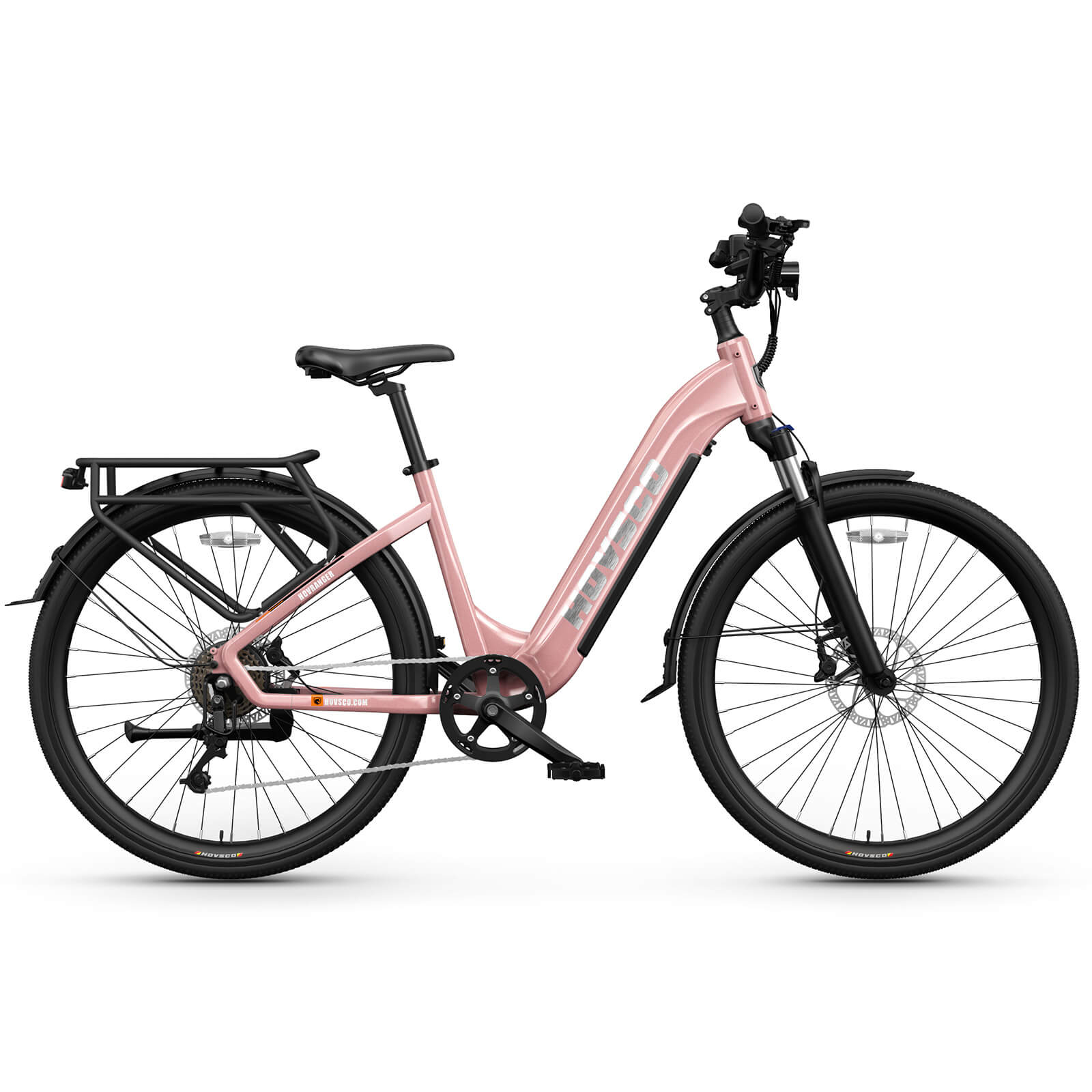
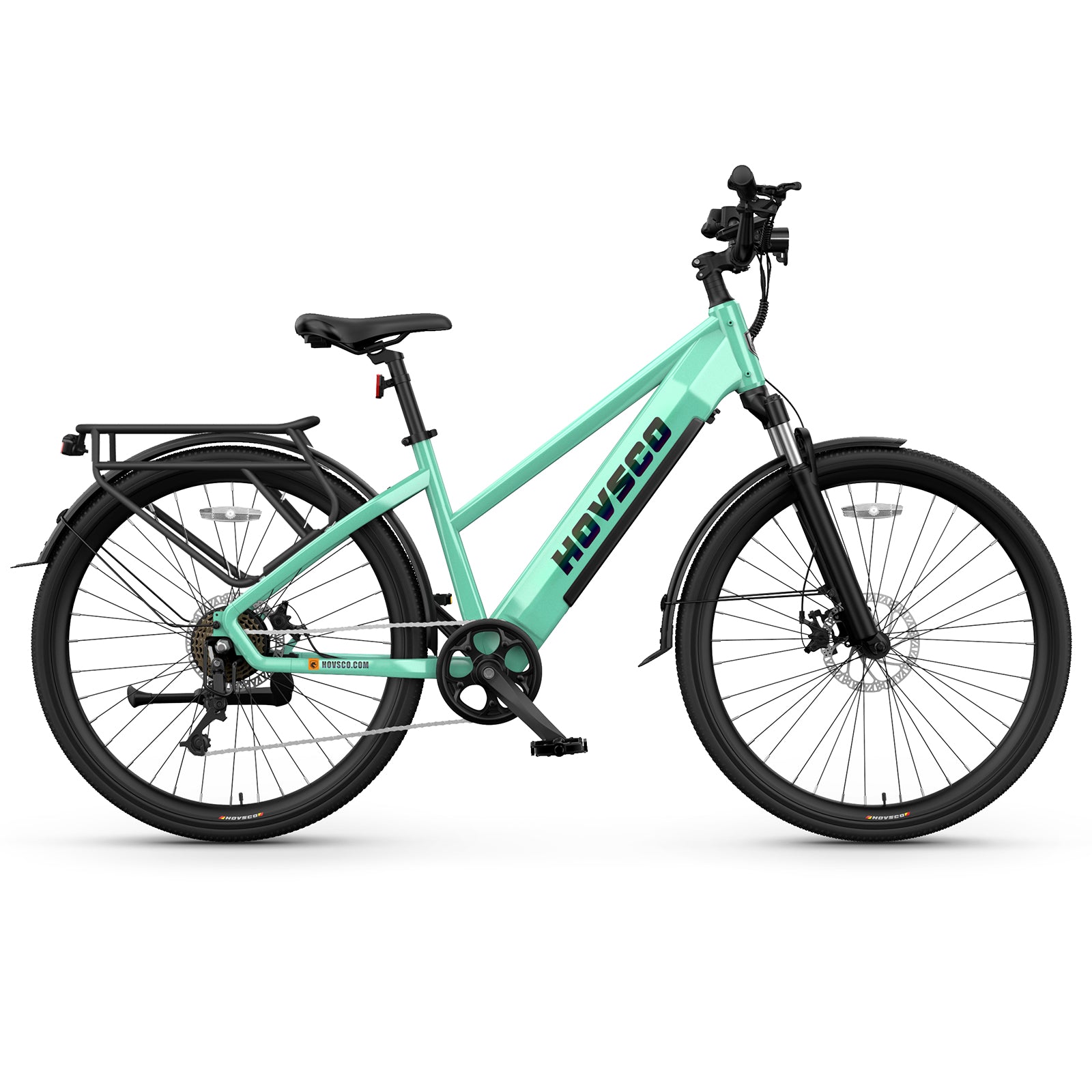
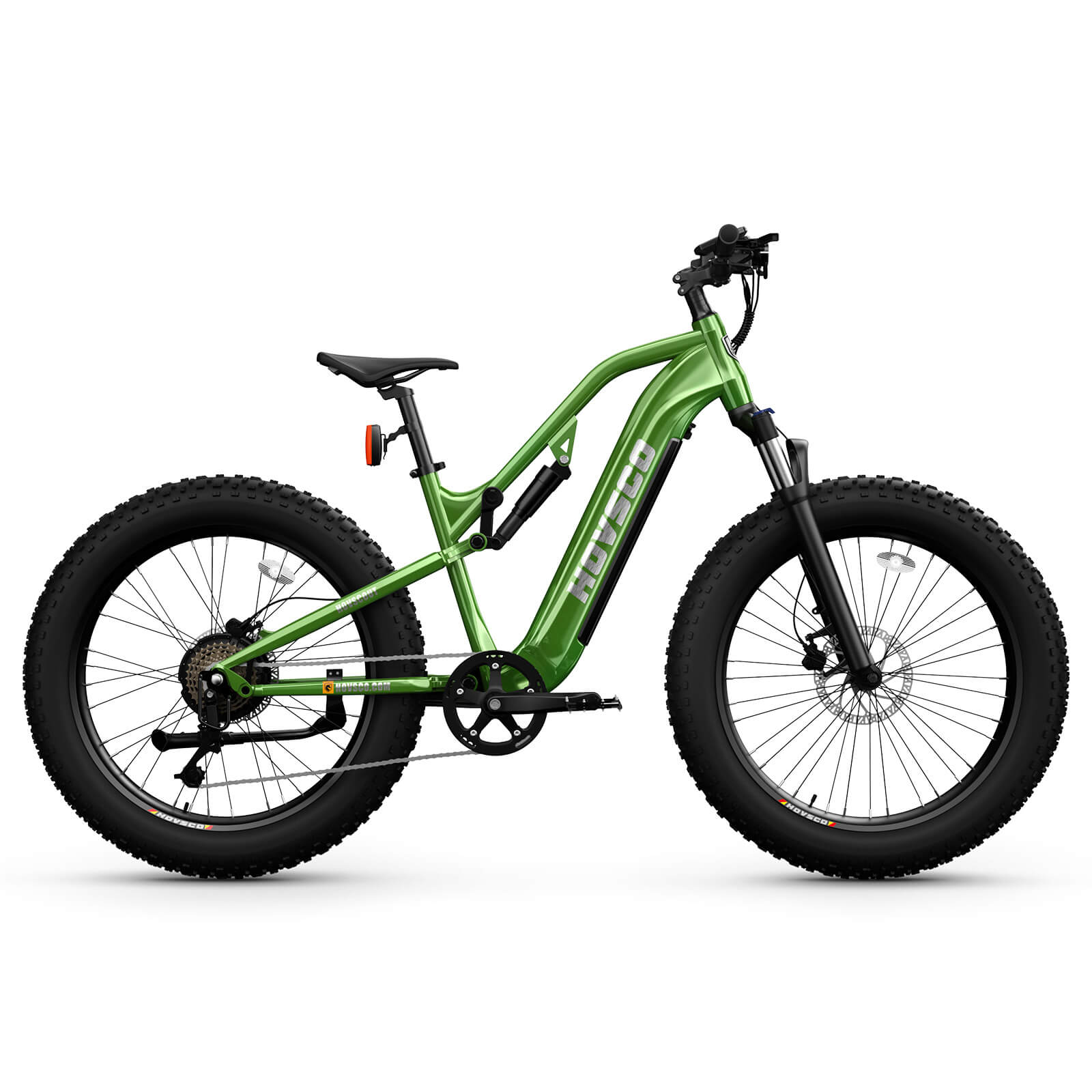
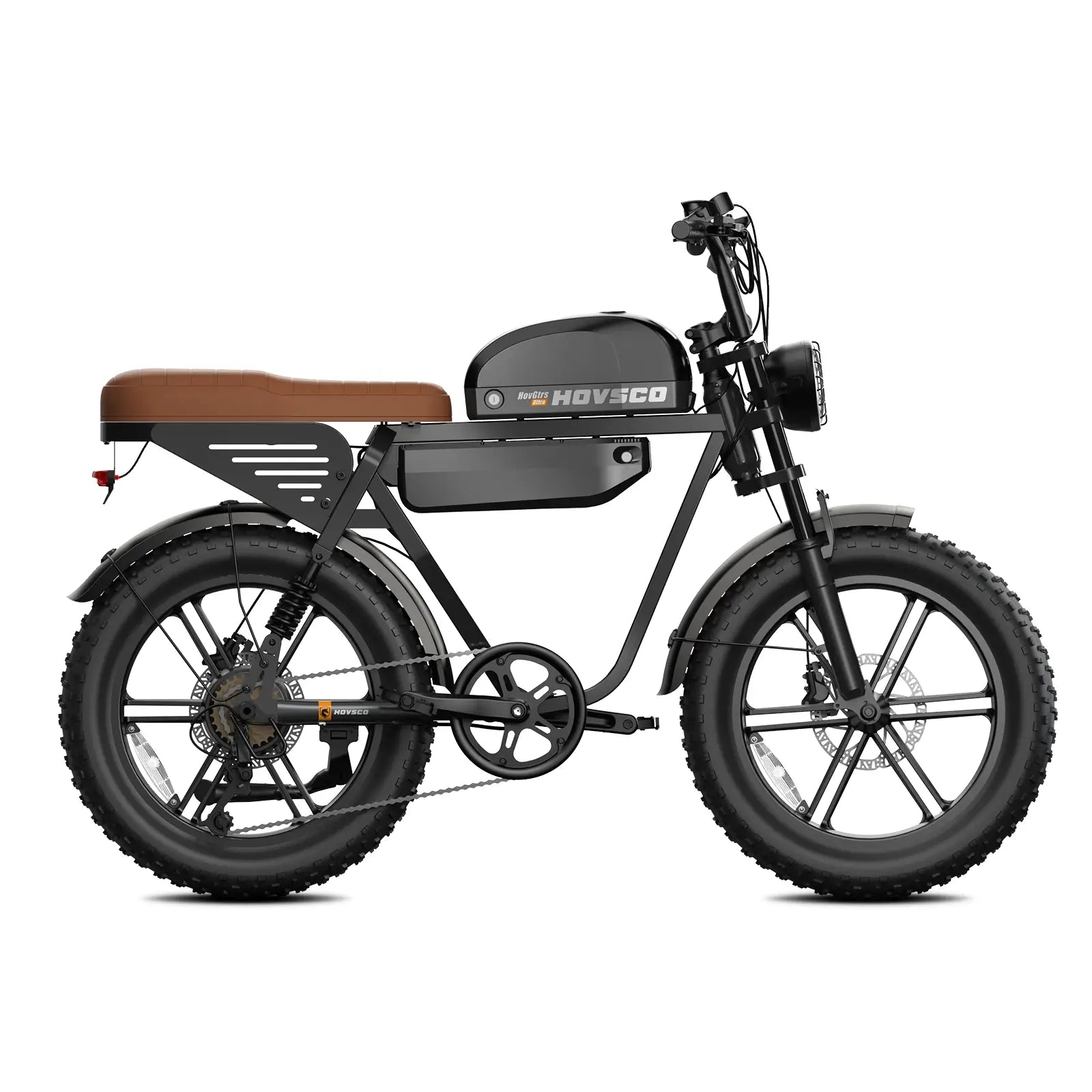


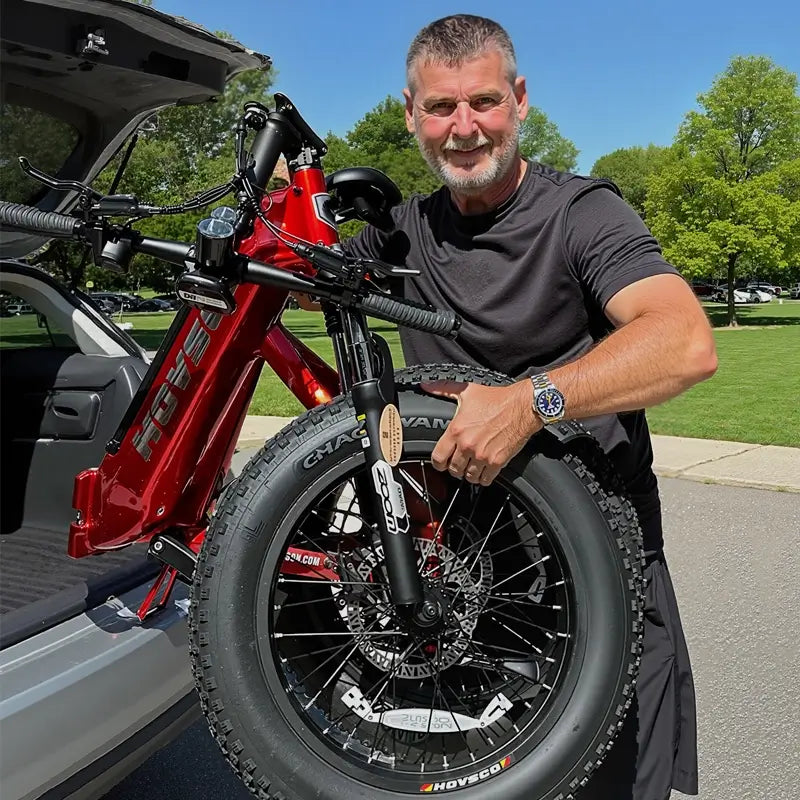






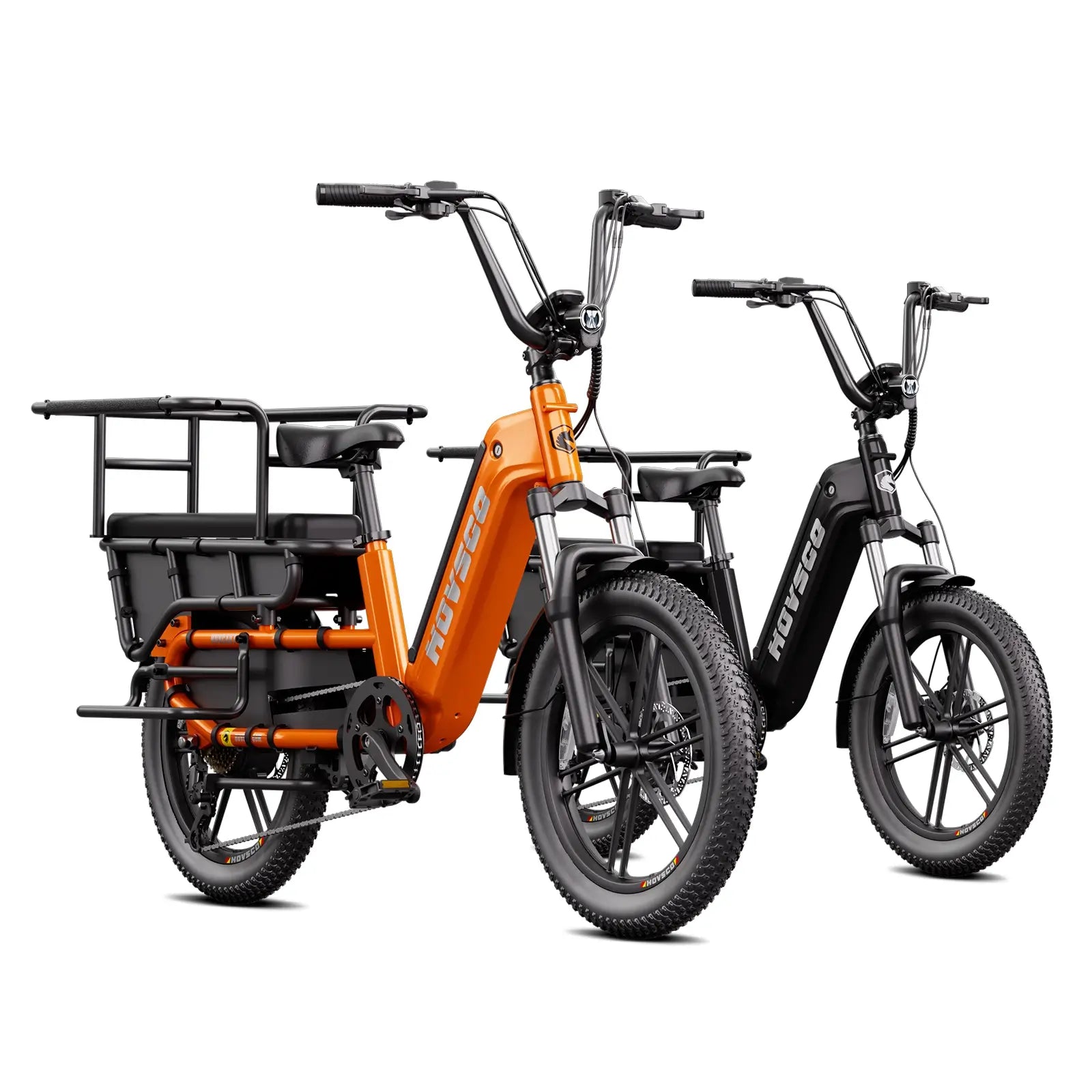
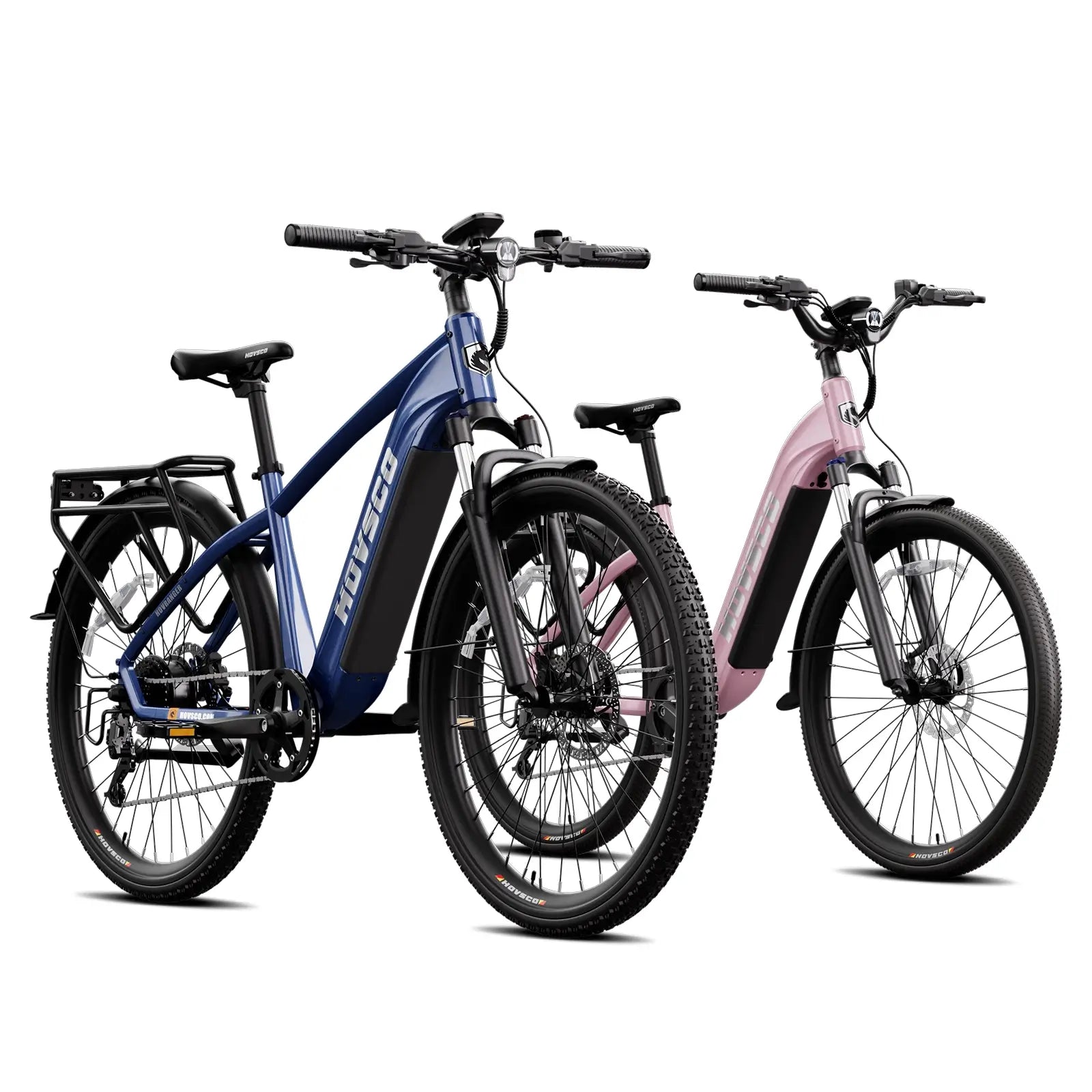
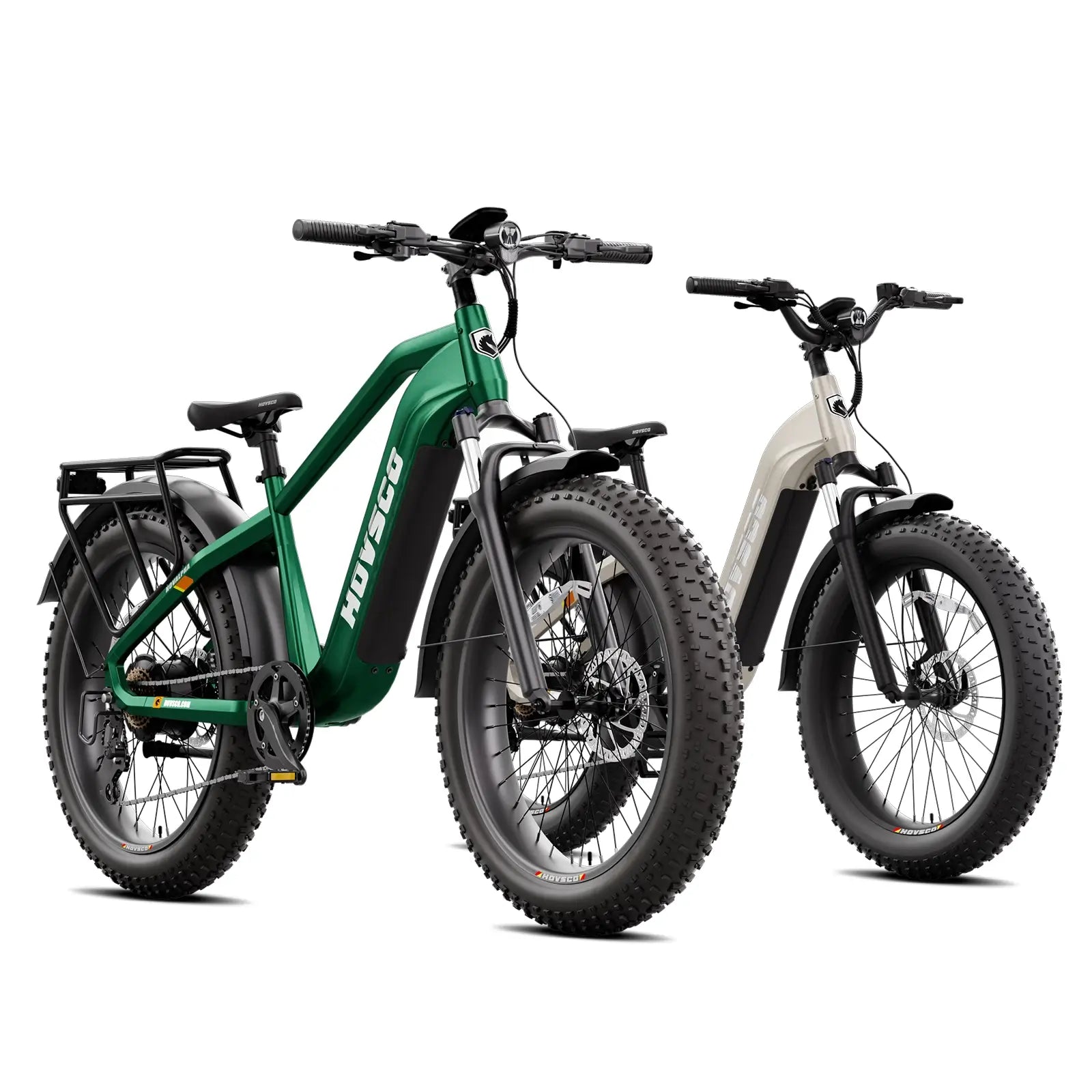
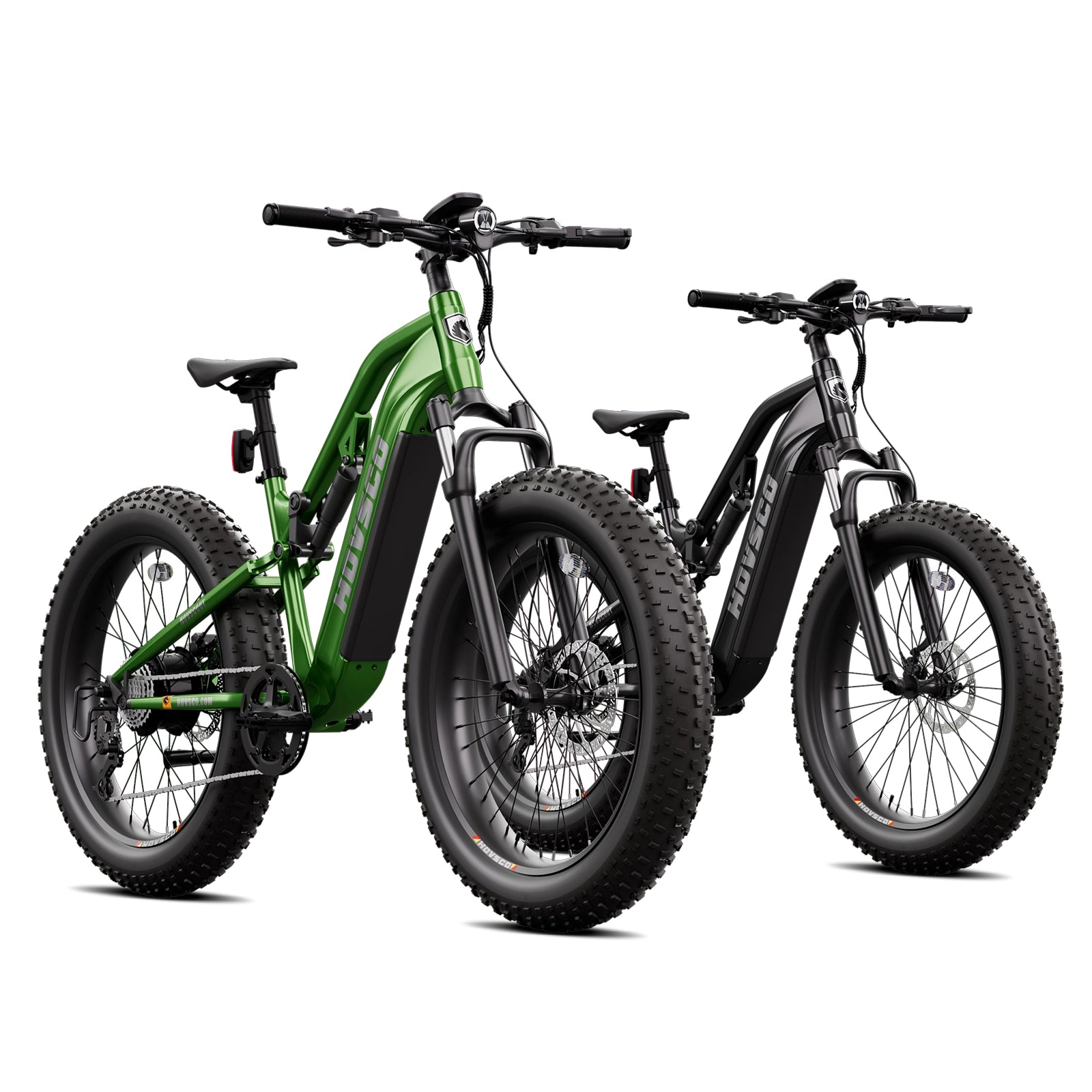

Share:
E-bike Insurance: Everything You Need to Know-Quick Answers
How Much Do Electric Bikes Cost?